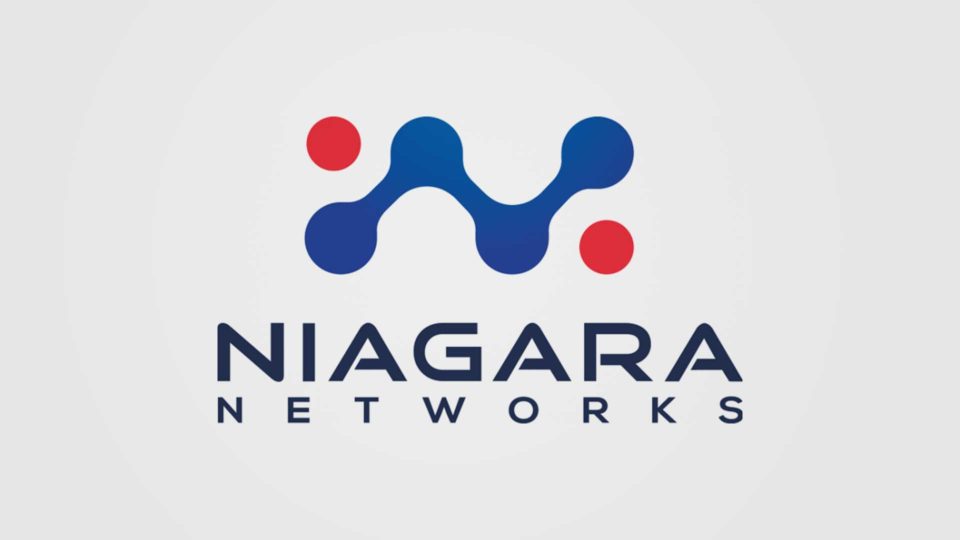The Complete Guide to Network Packet Brokers

How are you keeping your company from becoming just another data breach statistic? The obvious answer is to build up a secure network infrastructure that keeps even the most advanced attackers at bay.
That’s why the companies will be spending nearly $250 billion on cybersecurity tools by 2023. But a secure network infrastructure isn’t just about spending millions of dollars on encryption, antivirus, next-gen firewalls, IDS/IPS, data leakage prevention, and more.
Without a pervasive visibility layer, all of your investments in a secure network infrastructure will be for nothing.
And one of the most important components of any visibility layer is the network packet broker. Before you increase investments in security tools, here are a few things you should know about the role network packet brokers play in a secure network infrastructure.
What Is a Network Packet Broker?
The meaning of network packet broker (NPB) is all in the name. It’s an active device that directs raw data packets from SPAN and tap points to all necessary security, monitoring, and performance devices.
These devices act as literal brokers for your network traffic. They’re middlemen that ensure the tools within your secure network infrastructure are receiving all data, eliminating blind spots that create vulnerabilities for attackers to exploit.
Network infrastructure has become far too complex to deploy all security and monitoring tools inline. Deploying NPBs can improve the effectiveness of these tools within complex, resource-intensive architectures by providing functionality such as:
- Total Network Visibility: Analyzing data packets before they flow through to security and monitoring appliances so you can identify known, suspicious, and unknown traffic.
- Network Robustness: Delivering advanced traffic filtering, data loss prevention, high availability, stripping, deduplication, and other capabilities so that network complexity doesn’t hinder security or performance.
- Network Management: Giving you control over how traffic is monitored while also intelligently routing traffic based on data types.
When implemented properly, NPBs allow you to direct traffic from one link to one tool, from one link to multiple tools, from multiple links to one tool, and from multiple links to multiple tools. You just need the right types of NPBs to fit your unique infrastructure.
How Network Packet Brokers Fit into Your Network Architecture
Not all NPBs are created equal. While they’re all designed to optimize throughput, performance, and network port density, you have to determine which NPBs are the best fits for your secure network infrastructure.
When you’re deciding how to design your network architecture, there are three main types of NPBs to consider:
- Fixed Configuration: These are ideal when your network topology is well-defined, when rack space is readily available, and when you’ll be aggregating external passive taps, SPAN ports, and appliances through the NPB.
- Modular, Multi-Purpose: A single, multi-purpose platform that can adapt to any visibility scenario in your network. If you have more specialized needs for your secure network infrastructure, the flexibility of a modular platform can help.
- Hybrid Broker/Bypass: Combine multi-purpose bypass functionality with advanced NPB features for additional failsafe protection and inline appliance support.
Whichever NPBs you choose for your secure network infrastructure will connect to your switching fabric to seamlessly aggregate and forward traffic from port to port and segment to segment.
Once your NPBs are in place, you can start to capitalize on their ability to not just increase network visibility, but also maximize the effectiveness of existing security and monitoring tools.
3 Ways NPBs Maximize Your Network Investments
Return on investment for NPBs isn’t just about their own functionality—it’s also about how you can get the most out of your secure network infrastructure investments.
There are three important ways that the right NPBs will impact your existing security and monitoring tools:
- Operability: Advanced filtering and analysis helps keep a certain degree of malicious traffic from degrading tool performance. This maximizes operability so you can maintain reliable performance within your secure network infrastructure.
- Availability: One of the nice-to-have features of any NPB is high availability/business continuity robustness. The right NPBs will reduce downtime across your infrastructure, which in turn helps you continuously monitor traffic for security concerns.
- Scalability: As your network architecture becomes increasingly complex, port density will continue to pose a challenge. You can only add so many tools via SPAN ports and taps. Network packet brokers increase port density to ensure you never face oversubscription issues that will diminish tool performance.
Keeping Pace with the Changing Face of Network Visibility
Generally speaking, network packet brokers will help you maximize network visibility when paired with the right combination of taps and bypass switches.
However, even the most pervasive network visibility layer will be challenged by increases in data speeds and the growing sophistication of network tools. There’s an expanding gap between monitoring demands and the effective processing of network tool performance.
To meet these challenges, your visibility has to be capable of providing more actionable network intelligence. You need to go beyond standard NPB functionality.
That’s why we built the Packetron—a packet acceleration module designed specifically to increase network intelligence. The Packetron can bring new capabilities to NPBs, including decryption and threat detection functionality that’s not usually associated with the visibility layer.


